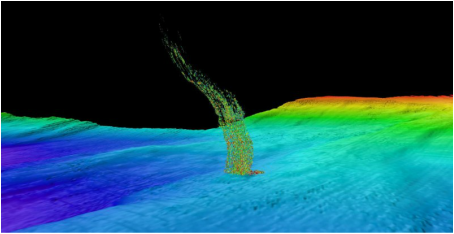
There are vast stores of frozen methane on the ocean floor and as the sea warms the methane is unfrozen and the gas is released into the sea, either to bubble to the surface or be absorbed into the water. Methane is a powerful greenhouse gas and is 20 times stronger than CO2 over 70 years. It is claimed to be one of the main forcing agents that increases the worlds temperature in a natural multiplying action.

Oceans all round the world, from Siberia to Antarctica are reporting the release of methane from the continental shelf and such large releases of this very powerful greenhouse gas is of considerable concern to the future of life on the planet.


 RSS Feed
RSS Feed